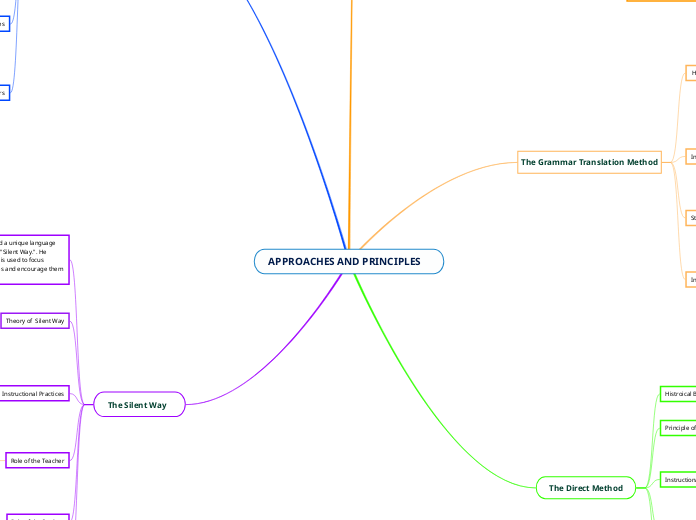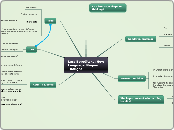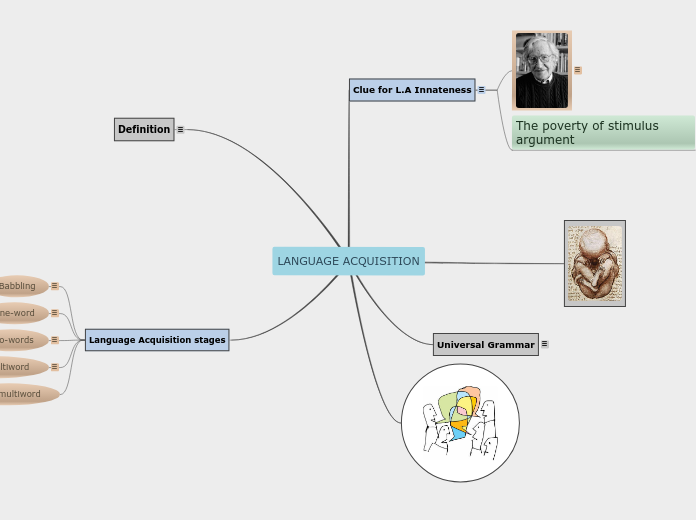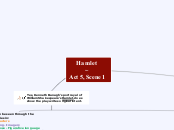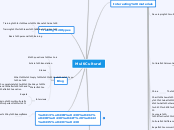da Zehra Codunoğlu mancano 2 anni
127
APPROACHES AND PRINCIPLES
The document discusses two approaches to language learning, emphasizing that it is more of a mechanical process for developing appropriate language habits rather than a mental one. Central to this discussion is the Natural Approach, which views learners as language acquirers who process comprehensible input to create meaning, deciding independently when to speak.
